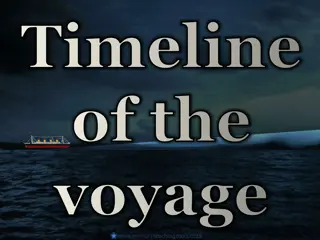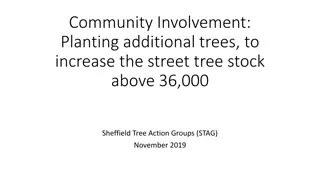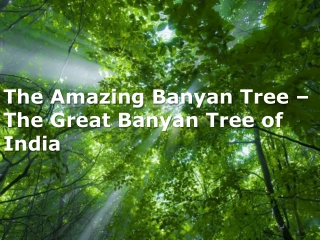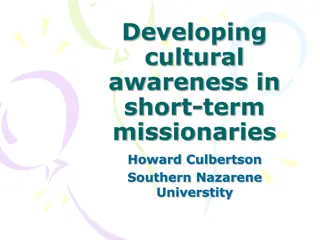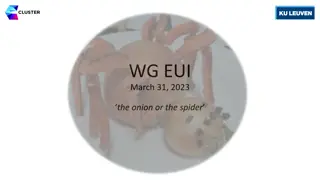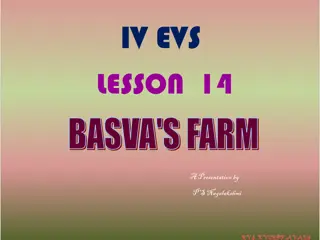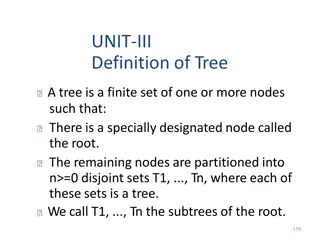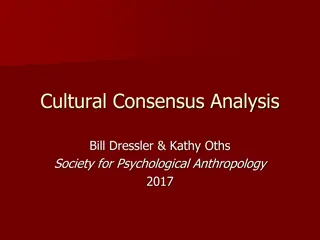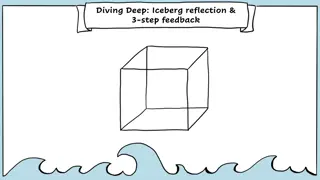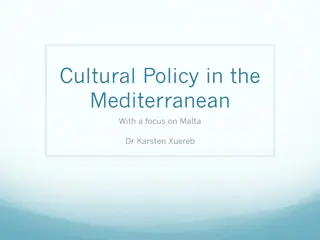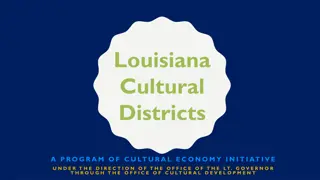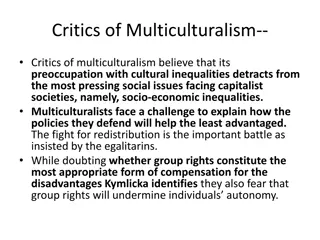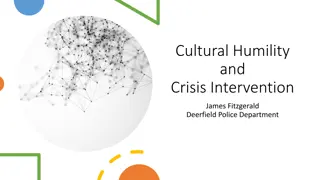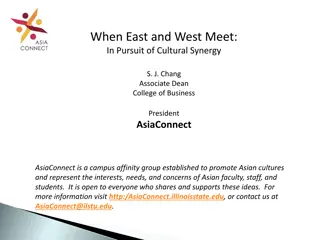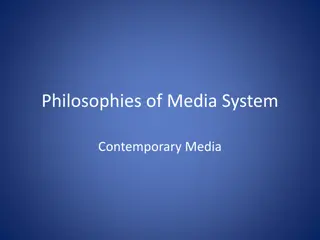Understanding Cultural Perspectives: The Iceberg, Onion, and Tree Models
Culture is multifaceted, encompassing visible elements like music and clothing as well as deeper values and beliefs. By exploring cultural models like the iceberg, onion, and tree, we can grasp the complexity of individuals and societies. Embracing diverse perspectives helps us navigate the intricacies of human behavior and interactions across various cultural backgrounds.
Download Presentation

Please find below an Image/Link to download the presentation.
The content on the website is provided AS IS for your information and personal use only. It may not be sold, licensed, or shared on other websites without obtaining consent from the author. Download presentation by click this link. If you encounter any issues during the download, it is possible that the publisher has removed the file from their server.
E N D
Presentation Transcript
Making Culture Tangible www.afs.org.za
Making Culture Tangible Culture is a system for making meaning of things, and as a result, we all wear cultural lenses or filters when we interpret a situation. We don t see things as they are; we see them as we are. -- French Cuban writer Anais Nin The goal of working across cultures is to recognise our own lenses or cultural filter we are wearing and learn to put on the lenses of someone from a different cultural background.
Music Music Clothing Clothing Food Food Language Language Architecture Architecture Literature Literature Notion of time Notion of time Body language Body language Social etiquette Social etiquette Concept of justice Concept of justice Communication styles Communication styles What What is is culture? culture? Concept of beauty Concept of beauty Decision making Decision making patterns patterns Conflict resolution Conflict resolution Notion of modesty Notion of modesty Roles Roles Concept of Concept of cleanliness cleanliness
The Iceberg as a Cultural Model When we think of culture, we often tend to think of the tip of the iceberg elements (food, dress, flag, etc.), but the majority of culture is hidden, such as cultural values and beliefs. The deeper the element of a culture s iceberg you experience, the harder it is to adapt. The goal of learning about cultures is to probe the depths of the iceberg to seek to understand what drives the behaviour of other people.
The Onion as a Cultural Model People are shaped by many layers of culture national culture, regional culture, organisational or school culture, and other types of culture (i.e. gender, religion, family, etc.) When we think of or see only one layer of an individual (i.e. a French person), we are not seeing that person for the complex individual that he or she is.
The Tree as a Cultural Model - Culture, like a tree, has deep roots, and it is important to understand the historical contexts of cultures. - Likewise, there are different variations (branches of the tree) in a culture, but they come from the same roots.. - Think of all those here, who are from the same country, but are so very different! - Cultures also change and grow. They are not monolithic and static.
Fish in Water as a Cultural Model - Like water to a fish, the influence of our own culture is often invisible to us. - It is not until we become a fish out of water that we may realise that our dependency on our own cultural environments or be able to see clearly what the water was that we lived in. - Often the first step in working across cultures is to discover your own ocean and understand your own cultural influences.
The ORPLE" See difference, respect it, embrace and USE it! Put it on the table for discussion! It can be a huge creative asset! Do not bury it, navigate around it, minimize it, or pretend it's not there. That is a huge loss of opportunity, and often comes back to "bite" us when we least expect.


